There is a house, or the ruins of one, at 920 Agora Girisi, in the old part of Izmir (formerly Smyrna), Turkey, which believers say was the home of Sabbatai Sevi. Today it looks like a derelict vacant lot, awaiting demolition — and so it is. But the few faithful ma’aminim (believers) remaining in Turkey have, for the last three centuries, venerated it as a shrine. Documentarians have seen old women lighting candles, and apparent Muslims chanting hymns in Ladino. We may never know if these lingering believers, heirs to the secret sect of crypto-Jews sometimes called the "doenmeh" (traitors), are right — but they are certainly faithful. (see related article)

A few months ago, I received an email from one of these faithful. "SABBATAI SEVI’S House in IZMIR Being DESTROYED" said the subject header. He’d gotten my address from one of the few scholars who study the Doenmeh, and, in a phone conversation, worriedly told me of the Izmir municipality’s plan to raze the house to make way for a park. (The house is not far from the old Roman agora, and Izmir is hoping the old archeological site will attract tourists.) There was not a minute to lose, he said; the house had already been mostly destroyed.
Eventually, my contact with this man, who asked that I refer to him as "Barry Kapandji," a pseudonym, led to an article I wrote in the Forward, eventually titled (not by me) "Shrine of False Messiah in Turkey to be Raised". In the four months between Kapandji’s contacting me and the publication of the article, Kapandji had managed to persuade the Izmir municipality to halt the demolition and consider preserving the house. As these images show, much of the demolition has already taken place — and the future of what’s left is uncertain.
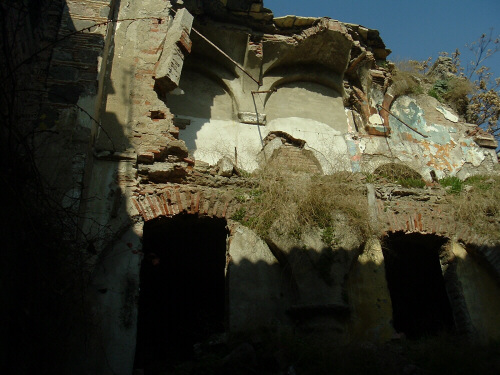
Why did it take me so long to write the article? Primarily, I wanted someone to verify the house’s authenticity, or at least give me a probability that it was authentic. Kapandji seemed insulted that I doubted his own credibility — but I wanted more. I did find more, in the guise of Cengiz Sizman, a Harvard-educated Ph.D in Sabbateanism. Sizman couldn’t give me absolute proof, but he did provide some convincing evidence: a continuous tradition of veneration, the right archeological details, and some old historical accounts that seemed to indicate that this was, indeed, the messiah’s house.
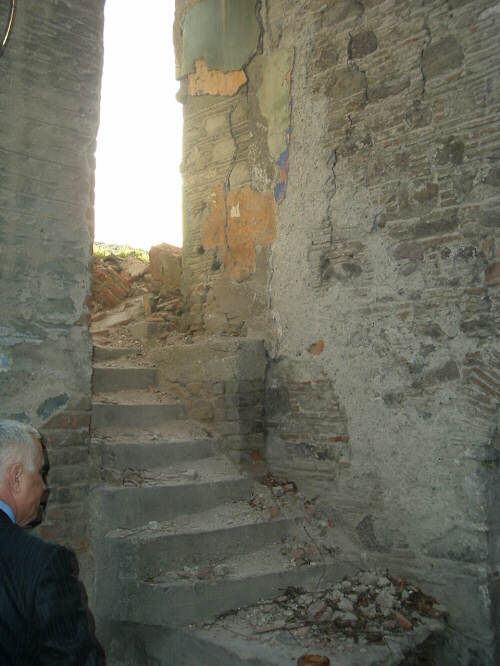
The main reason the house’s future is so uncertain is that nobody wants it. For the tiny Izmir Jewish community, it’s the home of a heretic — and in a country where antisemitism is still a real threat (Istanbul, recall, was the site of horrific synagogue bombings only a few years ago), unearthing the history of a group of false Muslims who are actually secret Jews is not exactly a positive message to send about the Jewish people. For the doenmeh — or rather, their descendents, most of whom are now secular and no longer "faithful" — the site is part of a dark family secret. Many of Turkey’s leading citizens are from doenmeh families, and their status is a kind of open secret, but hardly anyone is willing to openly admit it. Even Kapandji told me that using his real name was "totally out of the question." He feared for the safety of his family. (Incidentally, I do not know who the man in these photographs is.) Conceivably, the Izmir municipality might capitalize on the house’s value to tourists and pilgrims — but really, how many of those are there? Probably not as many as would enjoy the agora park.
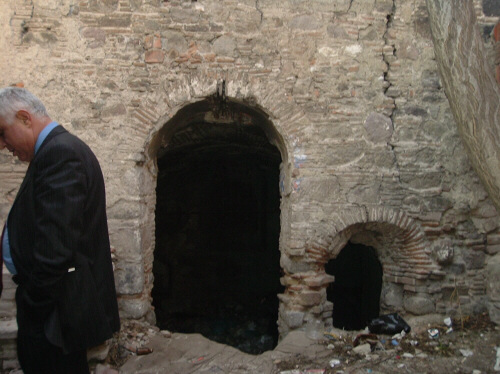
So, for now, the house sits in legal limbo and physical dereliction. Looking at these images, I was reminded of the ironic lines from Shelley’s "Ozymandias": Look on my works, ye mighty, and despair! In the sonnet, the words are about the vanity of power and pretension. Here, they might be rephrased: Look on my house, ye freethinkers — because the Jews have grown expert at blotting out the names of their enemies. This is what happens to those who break away.
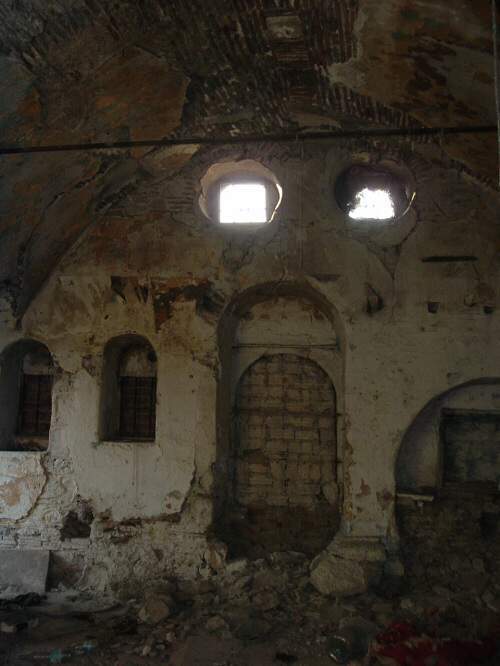
And yet, at the same time, there is a poetic beauty to these ruins. I wonder who lit candles in these niches, what they thought, and what they dreamt. I wonder what it must have been like — all these years, to have believed.
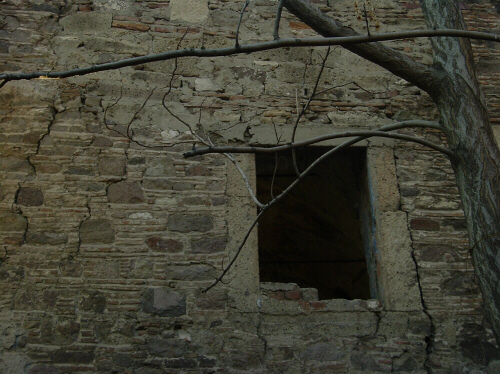








very good submit, i definitely love this web site, keep on it}